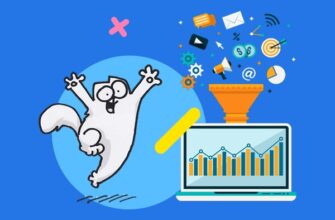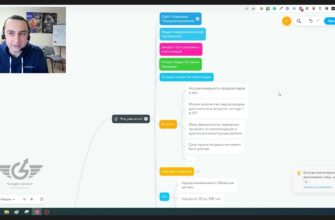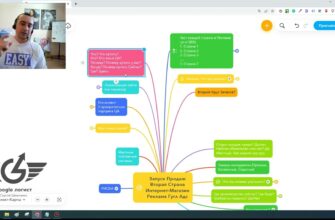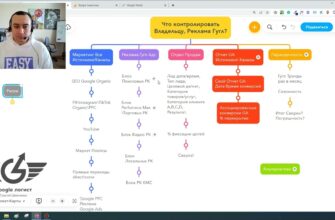Today I want to share with you my insights from reading another study from Google.
6 months of research based on thousands of visits.
The research says that it’s time to forget about the linear path of making a decision to buy a product (whether – saw – bought). Users use their devices to get a response to their request immediately and quickly, and each time they do so, they change the traditional sales funnel.
It is important to understand that no two paths to a purchase are the same. Even within the same target audience, buying a product and researching it takes on completely different forms.
How many calls and sales will I get by ordering contextual advertising from you?
I need to calculate the conversion of my website Describe
the task
in the application
Calculate potential ad revenue Google
contextual advertising calculator
Google offers some vivid examples of the path to buying a particular product.
First type: Jill, 25 years old. Looking for a base for sensitive skin.

Jill’s goal is to learn the best, right away. This user will either expand or narrow the search, will consider several brands, categories, and so on. In the beginning, Jill will turn to Google search (even PPC or organic) to find out about hypoallergenic cosmetics. And even if the choice is narrowed down to the choice of a particular brand, her research will not stop. She will expand or narrow her search again (analyzing and comparing various brands before heading to the store).
Note that Jill has 125 Touchpoints. Agree that there are many touchpoints?
How many calls and sales will I get by ordering contextual advertising from you?
I need to calculate the conversion of my website Describe
the task
in the application
Calculate potential ad revenue Google
contextual advertising calculator
Next, Google suggests paying attention to Justin, 19. He wants to buy headphones. His task is to find the most valuable / the best product / brand.
He has numerous brands to choose from. His task is to find out which one will be the best for him. Once he has made the decision that he wants to buy headphones, he turns to Google and YouTube searches, he searches for reviews, looks at product descriptions, determines whether a particular product meets Justin’s requirements or not. It is important to note that there will be one brand that will remain in Justin’s mind constantly throughout the search, and, remarkably, that is what he will buy.
Justin already has 375 touchpoints before buying.
The next portrait is Ava, aged 28, wants to buy an air ticket.

She is a typical example of a very long search. Attention is focused on the fact that the purchase is not the end of the search path. When Ava has found flights that suit her price, she will still return to the search to further plan every detail of the trip (she will study all the details: airport, flight experience, baggage info, passport details and more).
What conclusions can be drawn from this study:
- Be where it’s expected. People expect to be helped everywhere. Measure the impact of your media touchpoints on the user journey. Use Google Analytics to explore user touchpoints with your site. View past impressions, clicks, and online conversions and connect your media to revenue, gross profit, and profit. And don’t forget about remarketing. You have to be everywhere (think Justin, who ended up choosing the brand that constantly flashed before his eyes).
- Be helpful. People respond to brands that understand their needs. This means that it is necessary to optimize advertising in terms of consumer relevance. If a user searches Google Ads for “best product/brand”, then show your strengths and explain why your product is the best in both search ads and banner/display ads.
- Automate everything. Machine learning can help understand and predict user intent in ways that simply cannot be done by hand. It will also allow you to immediately respond to missed connections between business goals and the habits of potential customers. Create different Remarketing (Stalking) options for Intent Audiences, Lookalike Audiences, or run Google Ads Display Networks with different targeting options and combine your creatives with automated strategies. The system will select the most relevant audience that is ready to make a purchase from you.
Original article of course “How intent is redefining the marketing funnel“
Want to improve your communication with your potential audio audience today? Leave a request or call us, and we will advise you.


















